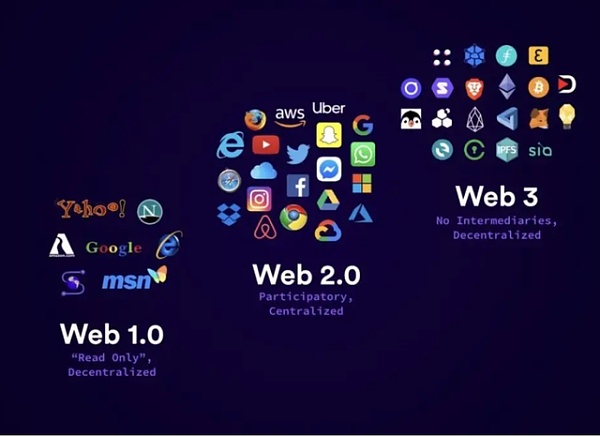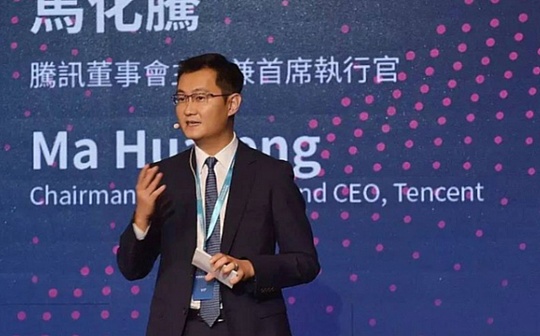1. The reality of the digital economy
1. In just 24 hours, the price of Bitcoin has fallen by nearly 12%, and the price of Ethereum has fallen by 8.71%.
On the morning of May 10, the price of Bitcoin plummeted below $30,000, hitting a low of $29,730, the lowest point in 2022 and the lowest point since July 2021.
The decline in currency prices is directly transmitted to derivatives, DeFi, NFT and other ecological fields. For example, according to data from Coincoin, the liquidation of the entire network in the past 1 hour reached 149 million US dollars, and the liquidation of the entire network in the past 24 hours reached 1.03 billion US dollars.
2. None of the top NFT projects were spared. According to NFTGo.io data, the floor prices of blue-chip NFT series such as "Boring Ape" BAYC and "Red Bean" Azuki all fell by more than 20% in 24 hours. Among them, the NFT floor price of the "Boring Ape" BAYC series is currently reported at 89.9 ETH , a 24-hour drop of 20.49%; the Azuki series NFT floor price is currently reported at 17 ETH, a 24-hour drop of 25.27%.
StpenN, the popular “running shoes” project in recent months, has not been spared either. The price of its project token GMT has dropped by 30% in 24 hours, and nearly 40% in 7 days.
3. The continuous decline of this round of cryptocurrency is consistent with that of the US stock market.
The seven major technology giants in the U.S. stock market - Apple, Microsoft, Tesla, Amazon, Nvidia, Meta (Facebook parent company), Alphabet (Google parent company) lost more than 1 trillion US dollars (about 7 trillion yuan) in market value within 3 days ).
4. The trigger for the sharp drop in U.S. stocks this time is the recent interest rate hike by the Federal Reserve.
Regardless of the country's already very serious inflation rate, the Federal Reserve is still firmly harvesting the global economy by raising interest rates.
5. It can be seen that the current world economic logic is still that the United States controls the U.S. dollar and then affects the U.S. stocks, and then the U.S. stocks will naturally be transmitted to the so-called "digital currency" or "cryptocurrency", which in turn affects the entire blockchain ecosystem.
So, someone tells you that cryptocurrency is a "decentralized" and "reliable cross-border asset", do you still believe it?
2. What is Web 3.0
In the eyes of a thousand people, there are a thousand kinds of Web 3.0.
But for the capital players behind the scenes, there is only one rule in the world, that is: how to maximize the surplus value of the exploited masses.
The Web itself is just a noun term for the Internet, similar to a piece of land, which itself is "technology neutral".
The Web 1.0 era is expressed by capital literature and art as a "read-only" era, that is, users can only read content provided by enterprises, so-called "centralization".
That is to say, the landlord spends money to win or force the peasants to plant crops in the field, and all the proceeds belong to the landlord.
In this case, all the means of production are provided by the landlord, and the production and sales process is the responsibility of the landlord, so the production efficiency is not high.
The era of Web 2.0 is expressed by capital literature and art as the era of "reading + writing", that is, users can not only read the content provided by enterprises, but also encourage users to contribute content themselves, so-called "platformization".
That is to say, the landlord told the peasants that the contract system was implemented on this piece of land, and the farmers would get the income from planting crops, and the landlord only "charged a small commission".
In order to encourage farmers to take the initiative to contract, in the early stage of production, the landlord will also provide tool subsidies, seed subsidies, fertilizer subsidies, etc. to promote the contracting process.
Under such circumstances, farmers' enthusiasm for production was greatly encouraged, and they gradually became long-term tenant farmers attached to the land. Although production efficiency does not increase after reaching a certain stage, due to the solidification of human resources and production and lifestyle, landlords can obtain long-term and stable income, and increase tool rental fees, water, electricity, fertilizer prices, etc. , to expand profit margins.
In the era of Web 3.0, the era of "reading + writing + shared property rights" is expressed more literaryly by capital, that is, users are completely the owners of property rights of their own production activities, so-called "decentralization".
In the era of Web 3.0, there are no longer landlords, but all farmers collectively open up a new piece of land based on "consensus". On this land, everyone has a property owner. According to their own contributions, such as whether they participated in land reclamation Or farming, or watering or harvesting, including final storage, trading, as long as there is a contribution in the entire production process, you will get benefits based on the corresponding contribution value.
In this case, the enthusiasm of farmers for production has been completely and fully released. Since farmers are already the owners of the land, it is the best production relationship in theory.
Well, the "utopia" of the Internet.
The state of Web 3.0 without a landlord is called "decentralization". This form of management based on "consensus" is called "DAO" (Decentralized Autonomous Organization).
In order to ensure the maintenance of this production relationship, blockchain technology has become the underlying architecture to meet application requirements such as "non-tamperable", "distributed accounting", "encrypted transactions" and so on.
Farming is of course not a good business to make quick money. Therefore, on the application layer of Web 3.0, cryptocurrency is first promoted to the society, and then NFT is being promoted.
NFT, the full name of which is Non-Fungible Token, refers to non-homogeneous tokens. It is the only encrypted currency token used to represent digital assets (including jpg and video clips). The design principle is that it can be bought and sold.

From Web 1.0 to Web 2.0, and then to Web 3.0, it is essentially an evolution process of production relations. During this evolution process, capital appreciation becomes more efficient.
3. About the Metaverse
Metaverse is a general term for "next generation Internet".
Once, Ma Huateng proposed the "Quanzhen Internet" at the Tencent Conference, which is actually a meaning in essence.

Since the Metaverse is the "next generation" of the Internet, it is impossible to make a complete and accurate statement based on realistic conditions. It's like before the birth of the iPhone, it was completely impossible to imagine the current mobile Internet.
But as far as the current perceptible theory and practice are concerned, the metaverse has at least three directions, which deserve the attention of ordinary people like you and me.
1. Encrypted digital credentials
This includes cryptocurrencies such as Bitcoin and Ethereum, as well as NFT digital collections, etc., which are essentially "encrypted digital certificates".
Although in China, "encrypted digital certificates" are not legally allowed to have financial attributes, there are already many scenarios where they can be legally used overseas. From a global perspective, both cryptocurrencies and NFT digital collections have huge growth value, and are worth learning and paying attention to both from a technical and commercial perspective.
Even in China, as supervision gradually regulates the healthy development of the industry, on the basis of legal compliance, the encrypted digital certificate industry can still achieve large-scale application through product innovation in scenarios such as "right confirmation" and "equity".
2. Web 3.0
In the expressions of many different organizations, experts and scholars, the connotations of "Metaverse" and "Web 3.0" are reused, and it is difficult for readers to understand what the relationship between the two is.
The personal understanding of Zhang Dongwei, a senior Internet person, is that the relationship between "mobile Internet" and "Web 2.0" can be borrowed, that is, the public expression of the next-generation Internet of "Metaverse", and "Web 3.0" is the next-generation Internet. industry expression.
Set aside disputes, jointly develop, work hard to rejuvenate the country, and empty talk will harm the country.
Web 3.0 applications include the reconstruction of blockchain technology in multiple fields such as digital collections, games, virtual digital humans, social networking, and supply chain management, resulting in new technical applications and practices, and creating new business value.
Google and Amazon are currently building development tool platforms and teams to support global developers to use their resources to develop applications for Web 3.0.
3. VR/AR/MR

Recently bought a few Pico VR, the experience effect has been improved compared with the VR glasses of previous years.
The metaverse community I organized already has companies with group friends, and has developed some VR/AR/MR devices and applications that support naked eyes.
VR/AR/MR is the product form that consumers are most likely to perceive, and it is also the earliest application that may be integrated with education, entertainment, industrial design and other fields.
More importantly, currently in the field of VR/AR/MR, my country's policies are in a period of encouragement, not a period of regulatory rectification.
There is much to be done.
end:
Today is May 11, 2022, so I will share my current personal knowledge with this article.
Both the Metaverse and Web 3.0 are new things, just like when I saw the Internet in 1998, a blind man felt the elephant, and he saw the leopard in the tube.
What do you think of "Metaverse" and "Web 3.0", please leave a message.
Author: Zhang Dongwei (Senior Internet Professional, Marketing Expert, Employment and Entrepreneurship Mentor for College Students)
 JinseFinance
JinseFinance










